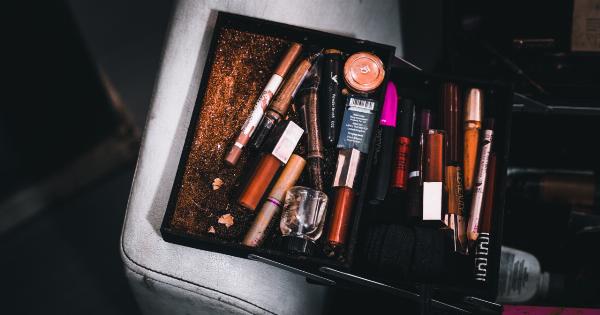For years, we’ve been told to lather up with sunscreen to protect our skin from the harmful effects of the sun, but could this seemingly helpful product actually be doing more harm than good? Recent studies have raised concerns about the safety of many popular sunscreens and their potential to cause serious damage to our skin.
What’s in Your Sunscreen?
Most sunscreens contain a combination of active ingredients that work to protect the skin from the sun’s harmful rays. Some of the most commonly used active ingredients include:.
- Octinoxate
- Oxybenzone
- Avobenzone
- Homosalate
- Octisalate
- Octocrylene
While these ingredients have been approved by the FDA for use in sunscreens, some studies have raised concerns about their safety.
For example, oxybenzone has been linked to hormone disruption and has been found to accumulate in the body at high levels.
The Dangers of Chemical Sunscreens
Most sunscreens on the market today are considered to be chemical sunscreens, as they work by absorbing UV radiation and converting it into heat energy.
While this may sound like a good thing, some studies suggest that these chemical reactions could actually be damaging to the skin over time.
One study published in the journal Free Radical Biology and Medicine found that some chemical sunscreens can generate harmful free radicals when exposed to UV radiation.
These free radicals can cause oxidative damage to the skin cells, which can lead to premature aging, wrinkles, and even skin cancer.
Additionally, the chemicals in some sunscreens can penetrate the skin and enter the bloodstream.
One study published in the journal JAMA found that levels of oxybenzone in the bloodstream increased significantly after participants applied sunscreen with the chemical ingredient.
The Benefits of Mineral Sunscreens
So, what’s the alternative? Many experts recommend using mineral sunscreens, which work by reflecting UV radiation away from the skin.
These sunscreens contain active ingredients like zinc oxide and titanium dioxide, both of which have been deemed safe and effective by the FDA.
Unlike chemical sunscreens, mineral sunscreens do not generate harmful free radicals and are less likely to penetrate the skin and enter the bloodstream.
They also provide broad-spectrum UVA and UVB protection, making them a great choice for anyone looking to protect their skin from the sun’s harmful rays.
Choosing a Safe Sunscreen
When choosing a sunscreen, it’s important to read the label carefully and look for products that are labeled “broad-spectrum” and have an SPF of at least 30.
It’s also a good idea to choose a sunscreen that contains only mineral-based active ingredients.
Additionally, be wary of so-called “natural” sunscreens, which may contain plant-based ingredients that offer minimal protection against the sun’s harmful rays.
While some natural sunscreens can be effective, many are not, so be sure to read the label carefully and do your research before making a purchase.
The Bottom Line
While sunscreen can be a useful tool for protecting your skin from the sun, not all sunscreens are created equal. Many popular sunscreens contain potentially harmful ingredients that could be doing more harm than good.
To ensure that you’re getting the best protection for your skin, opt for a mineral-based sunscreen with an SPF of at least 30, and be sure to read the label carefully before making a purchase.





























